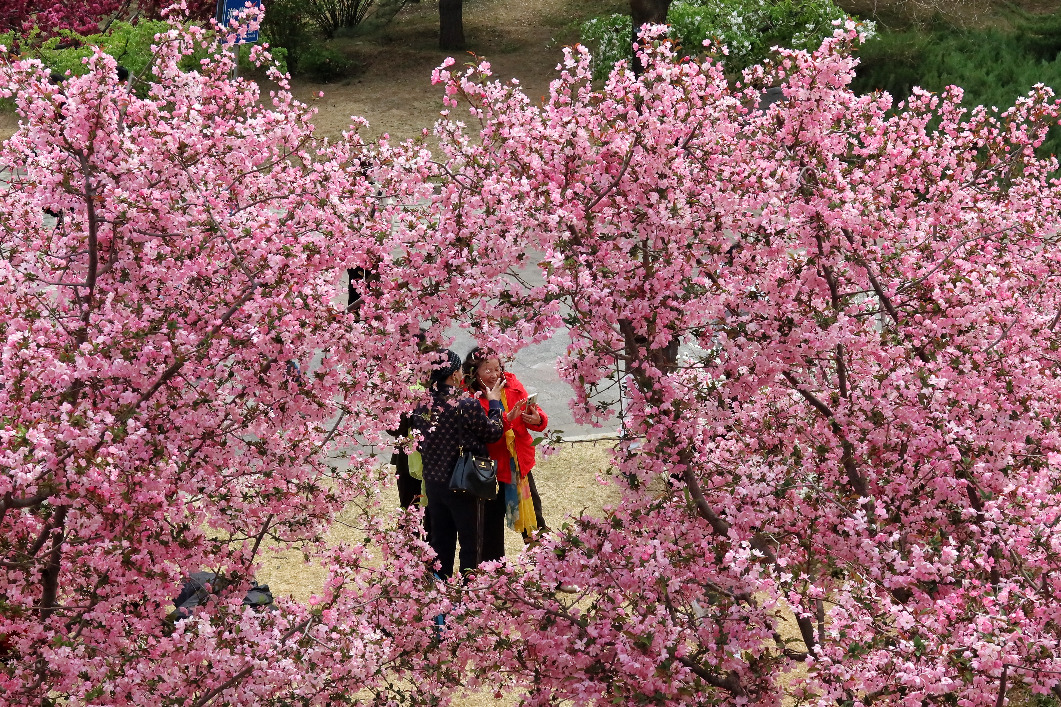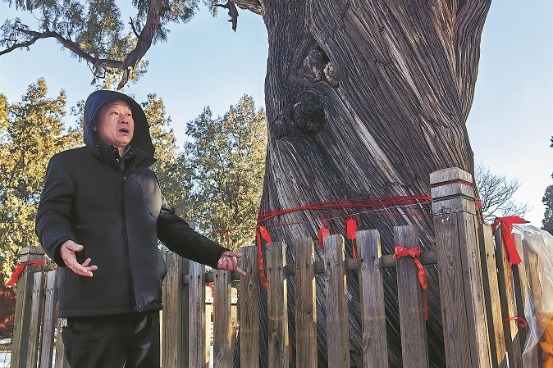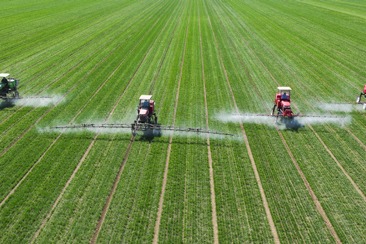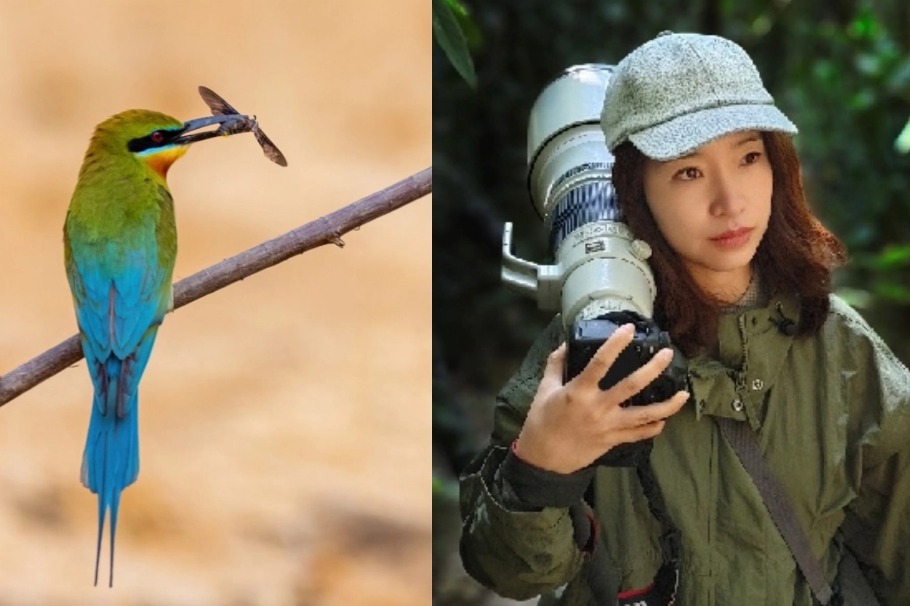Villager's 50 years of soil toil turns desert into green oasis
Man's home has gone from having no trees, to 97% vegetation in a generation

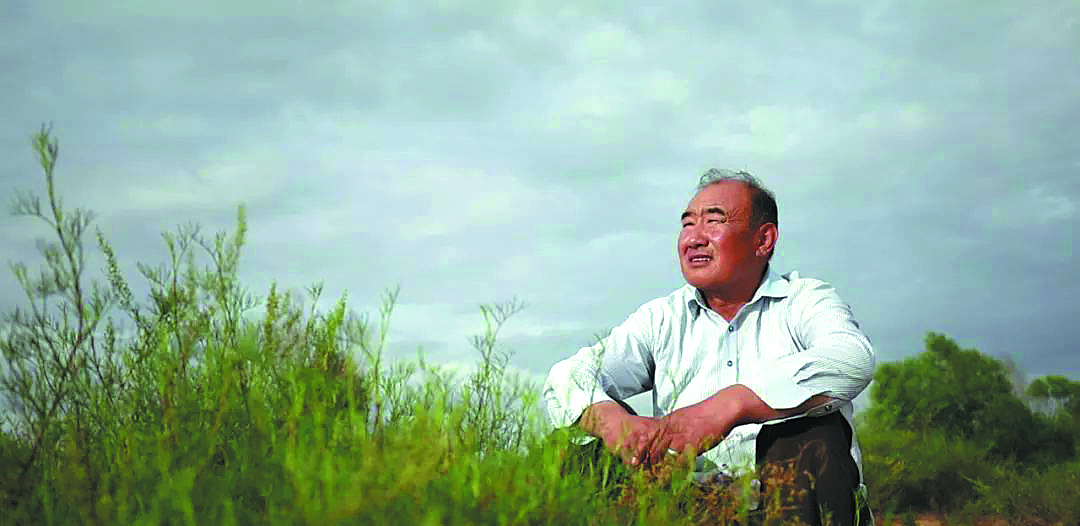
Back then, his family owned almost 570 hectares of pasture. Most of them, however, were covered by sand. Ulziidelger started participating in tree planting organized by the Bayan-Us village committee when he was about 11, making use of his time after school.
Soon after his marriage in 1972, he enthusiastically involved his wife in this endeavor. "The harsh ecological conditions resulting from the severe desertification of my home area hardly left any room for development," he said. "And many of my parents' generation held the idea of planting trees to improve the ecological environment, so I was determined to combat desertification and engage in afforestation immediately after getting married."
They didn't have any vehicles to transport saplings, and even if they had one, the challenge of navigating the soft sandy terrain made transportation extremely difficult. What he and his wife could do was to carry the saplings over their shoulders and backs over long distances, he said.
Despite the challenges, they persevered in their tree planting endeavors. The planting locations were carefully selected based on factors such as water availability and soil conditions to ensure the survival of the saplings.
To save time, the couple rarely returned home for lunch. Instead, they frequently prepared millet in an insulated jug with hot water, allowing it to soak for two to three hours before eating it. Occasionally, they would also put some meat into the jug.
"The mixture is neither too thick, nor too thin. It worked as a good solution that could offer us hot food, instead of wasting time to go back home and cook," he said.
Ulziidelger's consistent efforts paid off. Around the new millennium, all of his sandy pasture had been transformed into lush land. But this didn't mark the end of his enthusiasm.
















